Eye spy: Stan Douglas goes undercover at London’s Victoria Miro
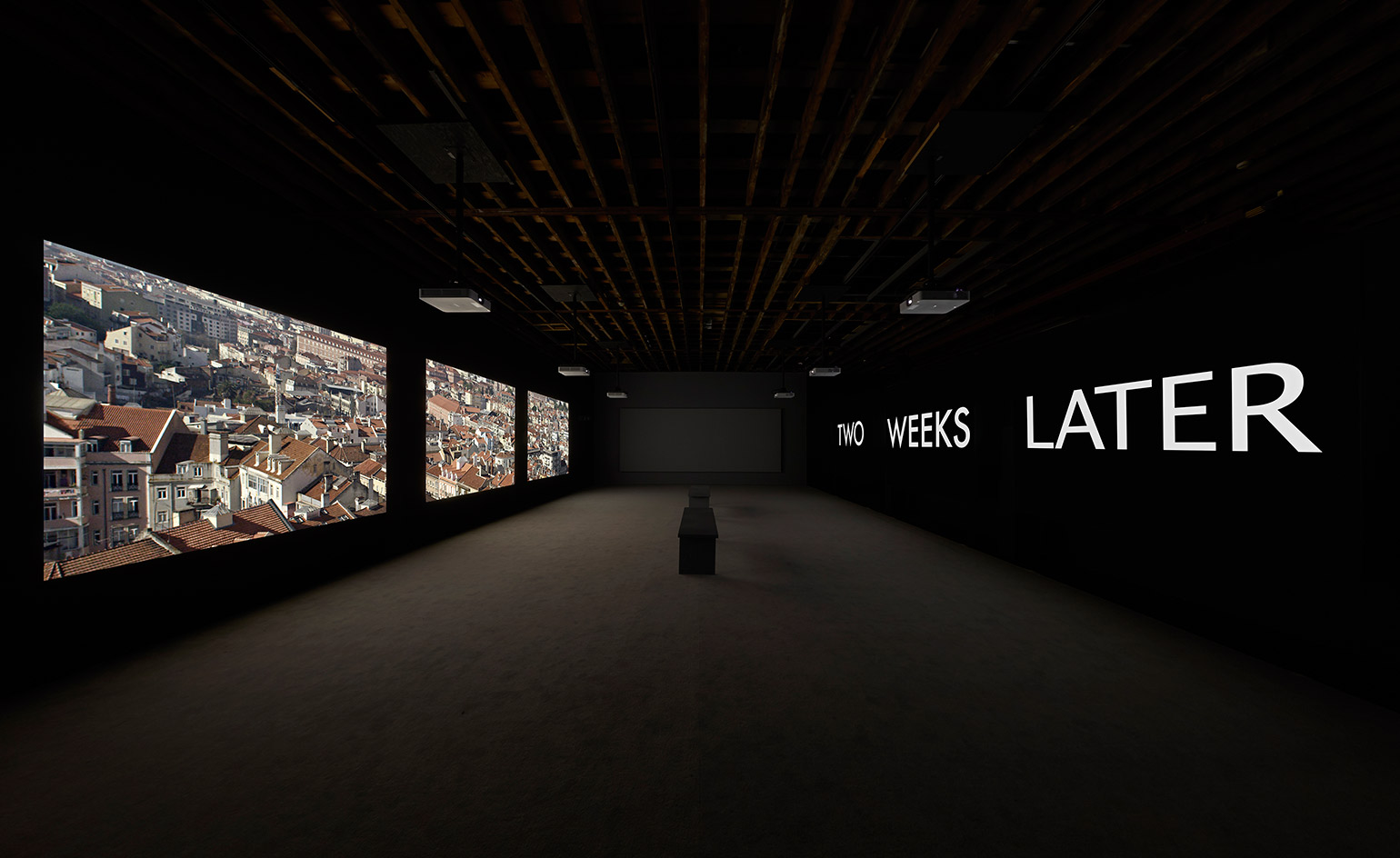
The Canadian multi-media artist Stan Douglas deals in what he calls ‘speculative histories’. These re-routed histories are not just playful counterfactuals but examinations of particular moments of hope and possibility; what concrete goodness might have come out that hope had it not crushed or derailed.
The Secret Agent, a new work showing at Victoria Miro’s east London mothership, is a six-screen full length drama looking at the aftermath of the fall of the dictator Salazar in Portugal in the mid-1970s, and the short-lived ‘carnation revolution’ that followed.
Douglas moves the action of Joseph Conrad’s novel The Secret Agent to this particular time and place; or as Douglas tells Wallpaper*, ‘historical time suspended in some way’.
In the original novel, set in 19th century London, the ambassador of a foreign power, almost certainly Russia, enlists an anarchist on its pay roll to blow up the Greenwich Observatory, an assault on time and Britain’s sense of imperial order. In Douglas’ version, the ambassador is American and the target is a Marconi trans-Atlantic telephone exchange.
‘Portugal had been through 30 years of fascism,’ explains Douglas, ‘and was suddenly in this state of openness and flux. They were trying to figure out what sort of government they wanted.
‘Eventually it became a conventional Western democracy but it had the potential to become almost anything at the time. This terrified America who put warships off the coast of Portugal. Nato started doing war games nearby. They were scared that a communist government might take control.’
Douglas is also interested in looking at terrorism, reading Conrad forward into Portugal circa 1975 and then on into our own age of terror. ‘The novel is really the first literary presentation of terrorism and many of the things in it are still prevalent today,’ he says. ‘And in Portugal after the revolution, there were extreme left wing groups and right wing groups doing all sorts of bombings. In this context a terrorist means very different things to different people, on the giving and receiving end. People have very different ideas of what is meant by this simple act of violence.’
Douglas moves his characters from screen to screen, around sets – a cinema-come-book store, a bar, a wonderful modernist government building and occasionally outdoors. Douglas is brilliant at patina and historical detail, cigarette smoke and cigarette-yellowed teeth and hair. Mostly the characters talk at each other, rather stagily, playing their parts in what will inevitably become a tragedy of conflicting ideas about ends and means.
At least two or more screens play at any one time. ‘Two things are always going on simultaneously,’ says Douglas. ‘But one pair of screens is governance, another pair is private space and another is the street. The street is the interface between governance and private space. Some characters are stuck in the middle, others at either end, some cross them all. And you decide who you pay attention to; the person talking, or the person listening. It’s a symbolic space. You are in the middle of the action and you have to decide how to piece it together.’
Downstairs at Miro meanwhile are a series of remarkable digital renderings of the Vancouver – Douglas’ home city – of 1948. This is a place and time Douglas has summoned up and revisited before.
These images are hi-res’d re-worked versions of images used in Douglas’ ‘Circa 1948’ smartphone app, which allowed users to wander the streets of Vancouver and pull up remarkable 3-D renders of his or her exact location exactly as it was in 1948. Douglas then used them in his neo-noir cinematic stage-play Helen Lawrence.
These are impossible ‘photographs’ of a disappeared physical landscape at night (no reproduction can do justice to the windows onto illuminated rooms or moon shadows). ‘It’s taking a photograph you can’t really take,’ says Douglas. ‘The places aren’t there anymore and there’s no light.’
‘They are a study of shelter,’ he continues. Mostly of working class neighbourhoods, a hotel squatted by soldiers returned from the Second World War, shoreline shacks and boathouses. ‘There was this law that no-one owned the land that appeared between low and high tide,’ says Douglas. The English author Malcolm Lowry spent six years in one of these shacks. Well actually two different shacks. He managed to burn one down. ‘He was drinking a lot,’ says Douglas. Between drinking and setting things in fire, Lowry did manage to complete his classic Under the Volcano here.
This is Douglas’ fourth work that revisit’s the Vancouver of 1948, and to stunning effect. It may be his last visit. ‘I think I’m done,’ he says.
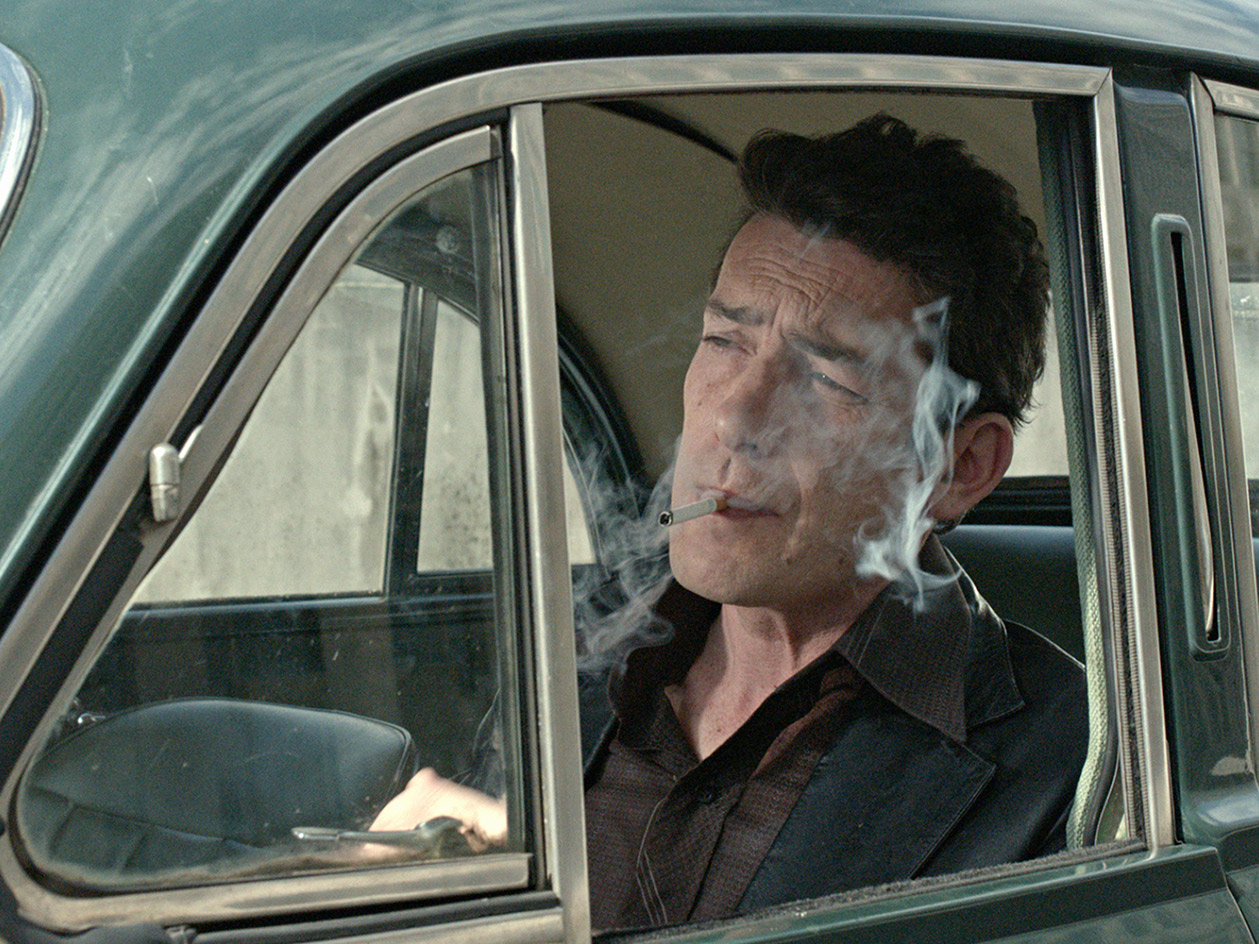
The feature-length film reenacts the plot of Joseph Conrad’s titular novella (which is also the name of the exhibition) – a story of espionage, deception and political entanglement. Pictured: still from The Secret Agent, 2015
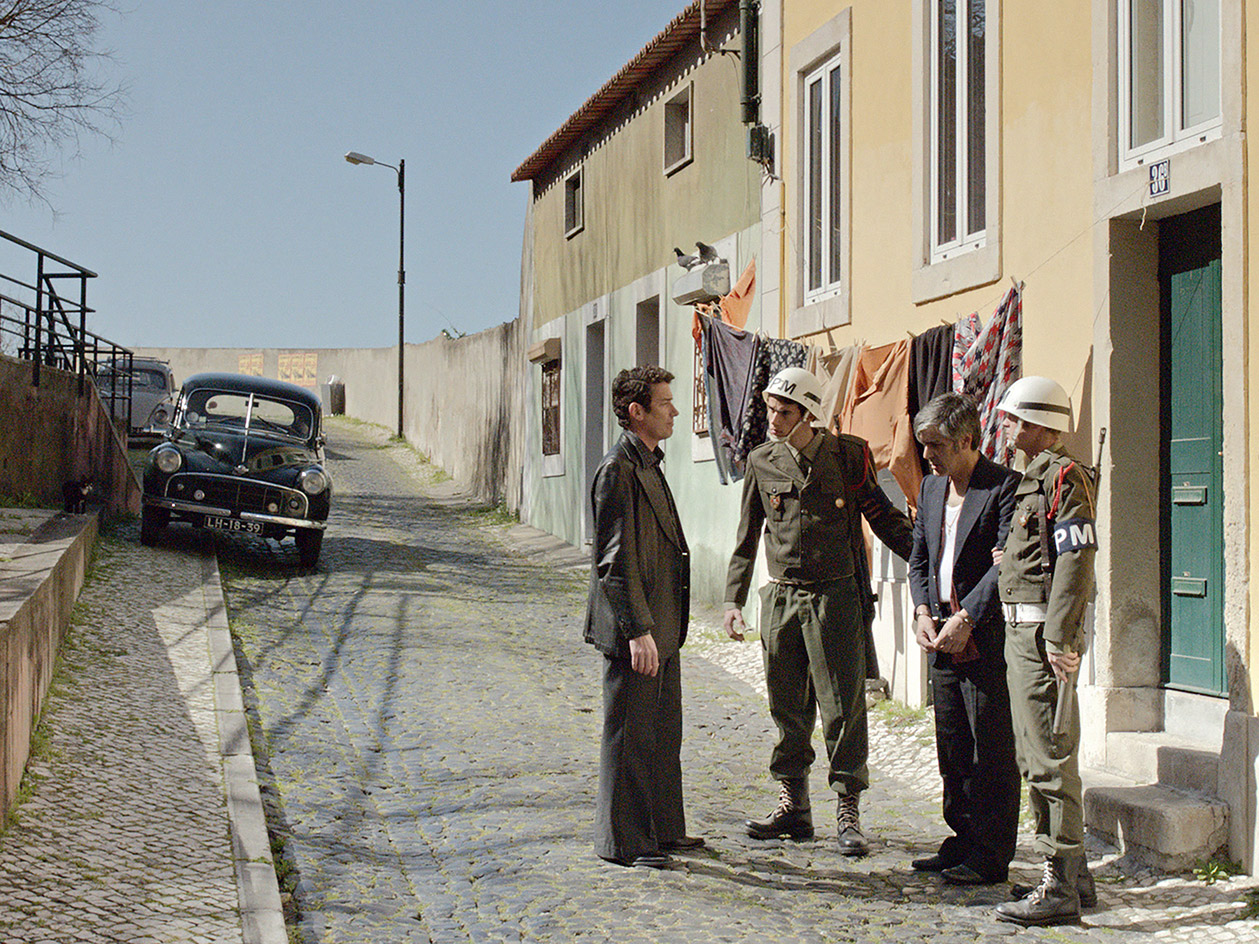
There’s a fundamental twist – Douglas relocates the story to the time following the fall of the dictator Salazar in Portugal in the mid-1970s, and the short-lived ‘carnation revolution’ that followed. Pictured: still from The Secret Agent, 2015

In the original novel, the ambassador of a foreign power enlists an anarchist to blow up the Greenwich Observatory. In Douglas’ version, the ambassador is American and the target is a Marconi trans-Atlantic telephone exchange. Pictured: still from The Secret Agent, 2015
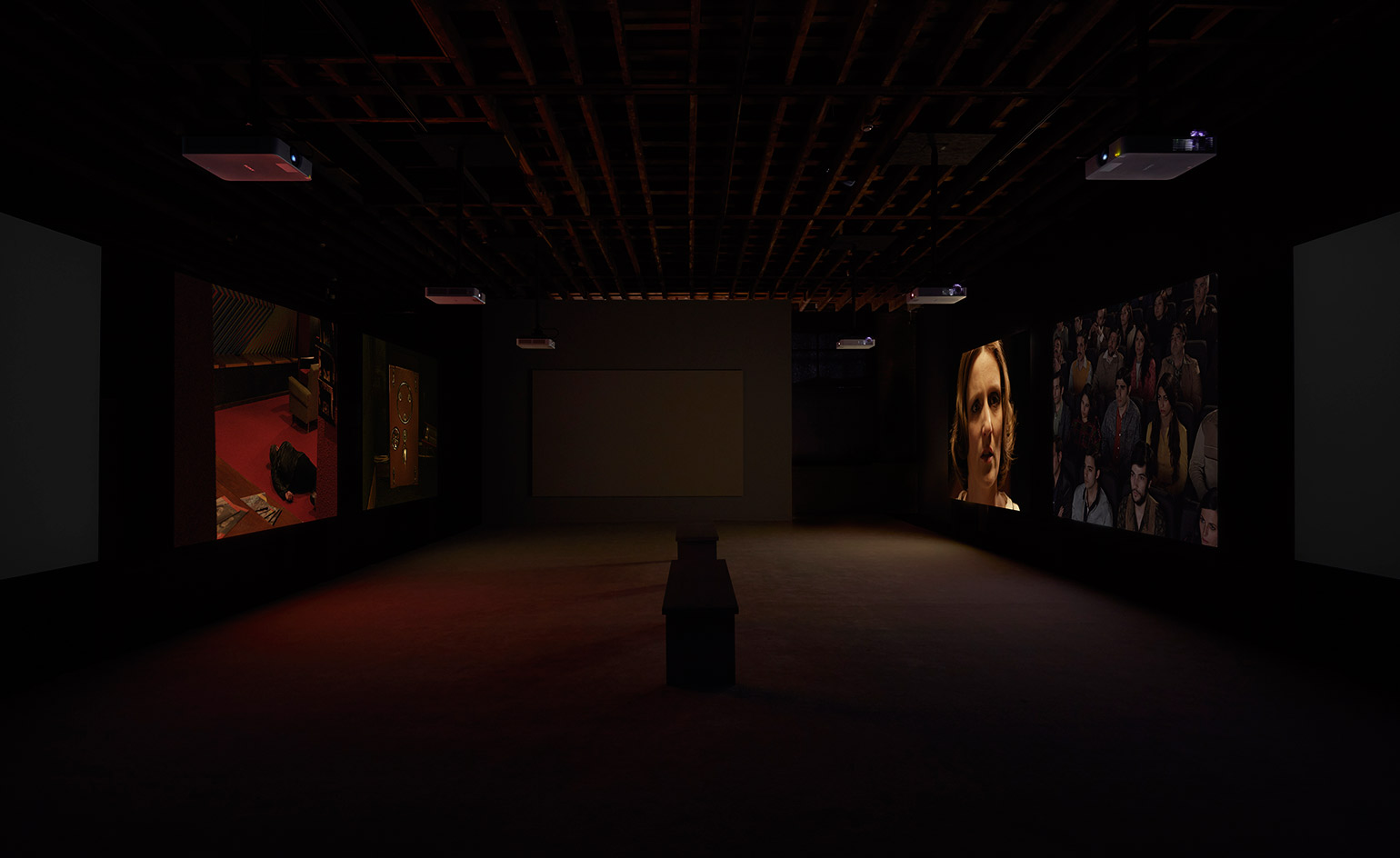
At least two or more screens play at any one time. ‘Two things are always going on simultaneously,’ says Douglas. ‘But one pair of screens is governance, another pair is private space and another is the street.’ Pictured: still from The Secret Agent, 2015
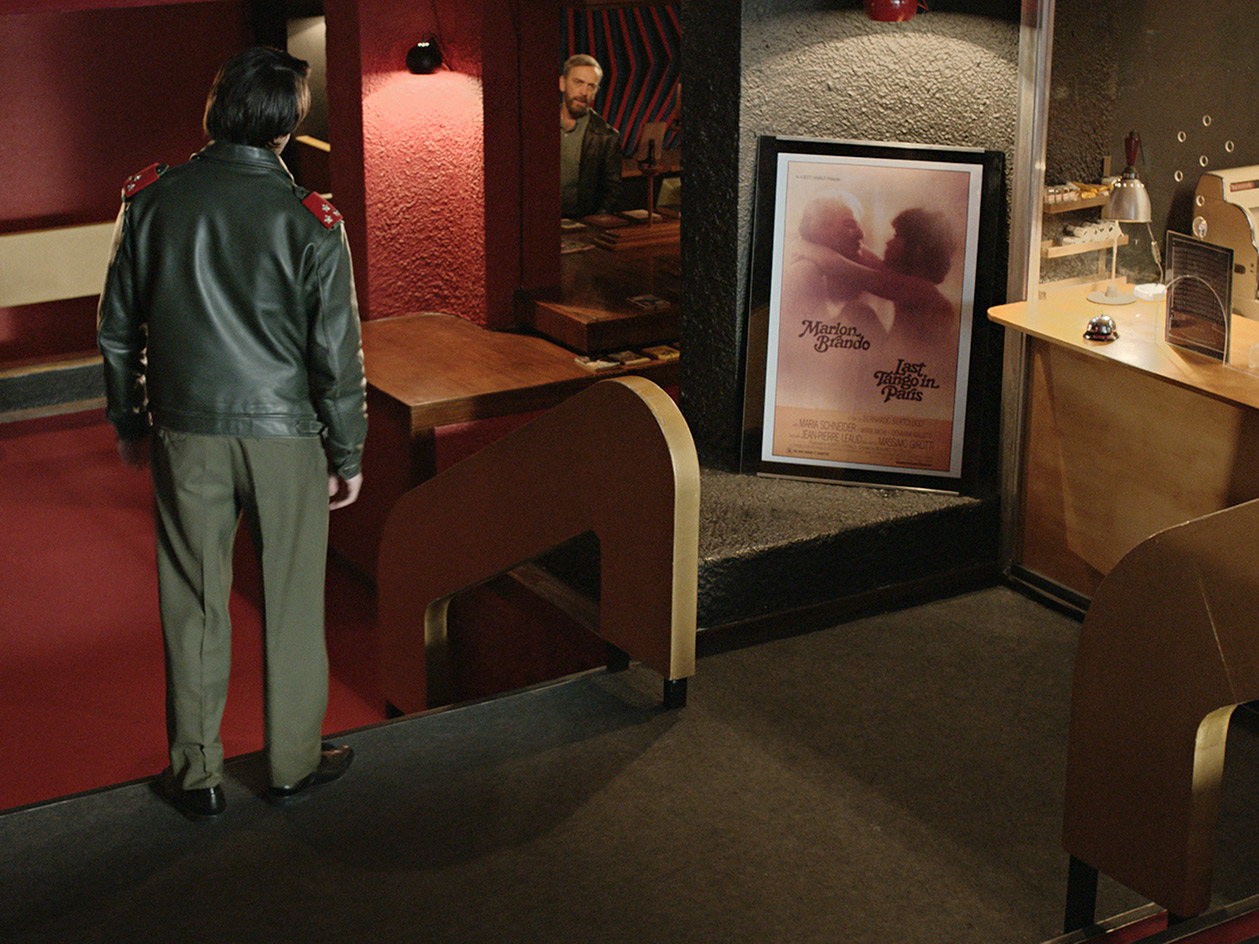
Douglas moves his characters from screen to screen, around sets – a cinema-come-book store, a bar, a wonderful modernist government building and occasionally outdoors; he is brilliant at patina and historical detail. Pictured: still from The Secret Agent, 2015
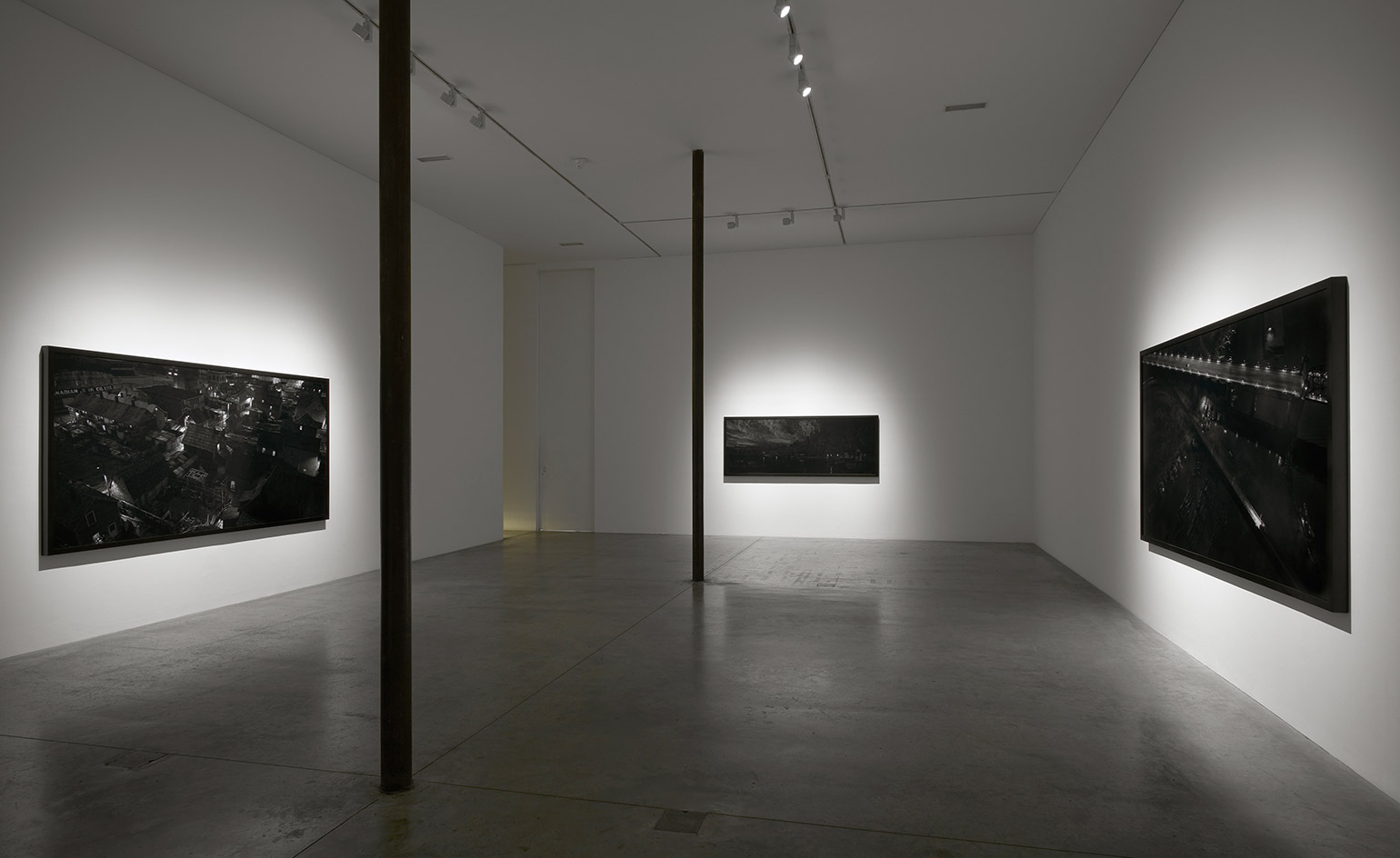
The film is accompanied by series of dark, large-scale photographs: digital renderings of the Vancouver – Douglas’ home city – of 1948. This is a place and time Douglas has summoned up and revisited before. Pictured: ’Stan Douglas | The Secret Agent’, installation view, 2016
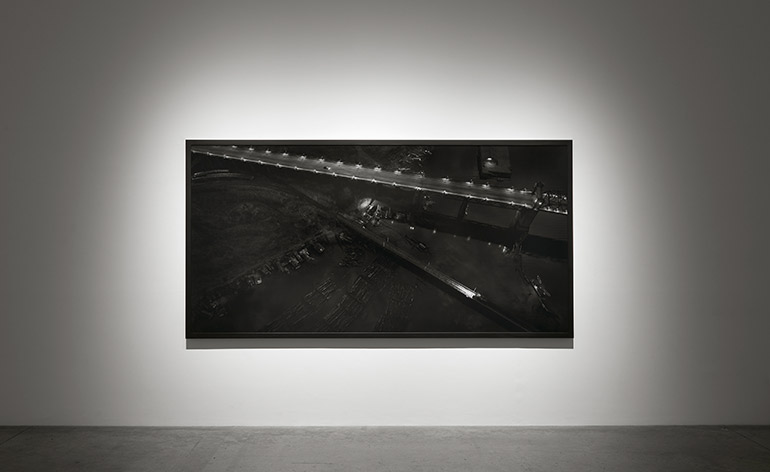
These images are hi-res’d re-worked versions of images used in Douglas’ ‘Circa 1948’ smartphone app. The scenes draw on archival imagery displaying everything from a squatting community to a hotel used to house war veterans. Pictured: Bumtown, 2015
INFORMATION
'The Secret Agent' is on view until 24 March. For more information, visit Victoria Miro's website
ADDRESS
Victoria Miro
16 Wharf Road
London, N1 7RW
Receive our daily digest of inspiration, escapism and design stories from around the world direct to your inbox.
-
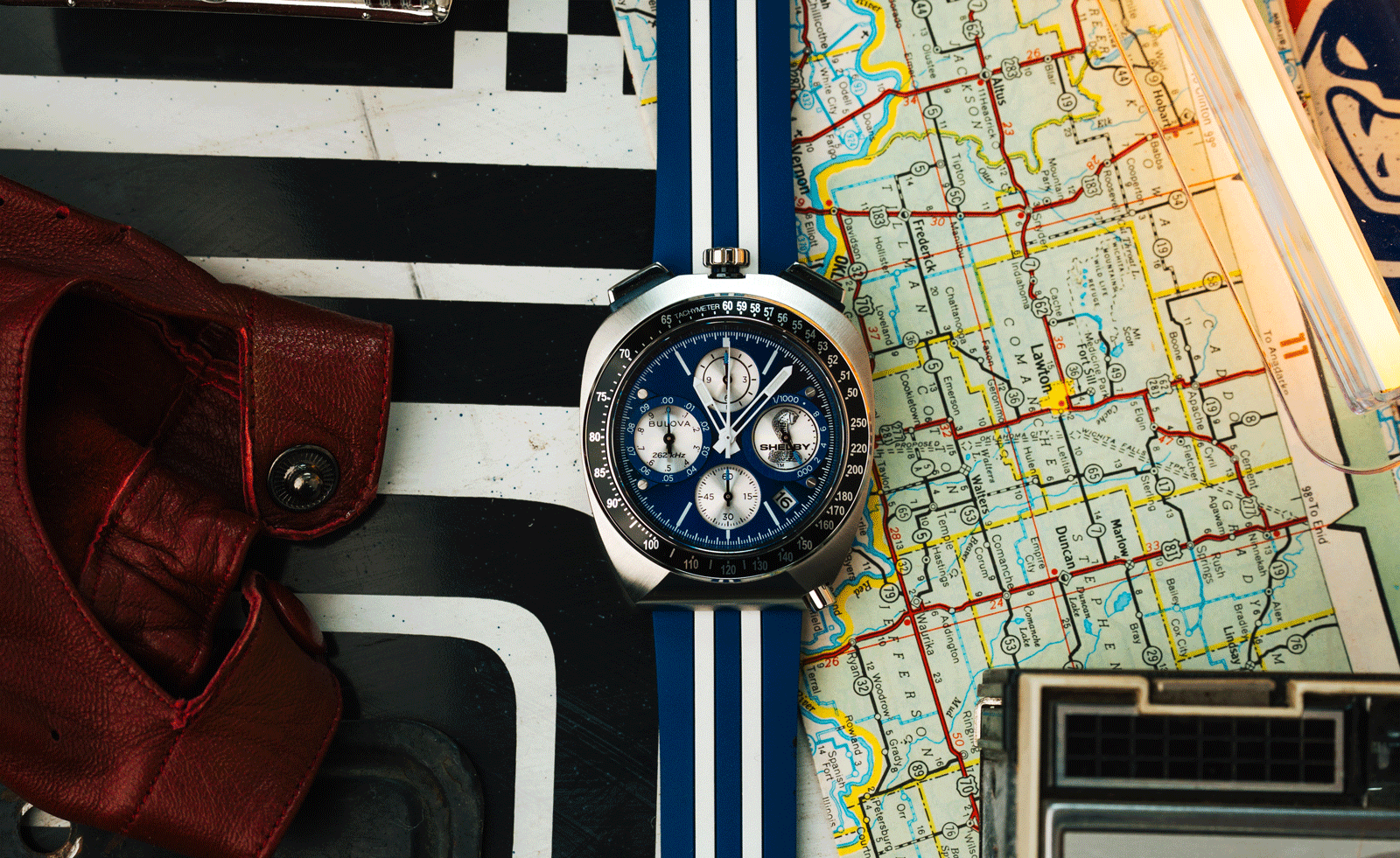 The return of the bullhead: the watch design that refuses to conform
The return of the bullhead: the watch design that refuses to conformLittle known outside of watch circles, but enthusiastically collected within them, bullhead watches have always been divisive. Identified by the crown at 12 o’clock, it made design sense – no digging into the wrist, allowing easier function as a stopwatch - but remains a speciality. But now, the bullhead is back
-
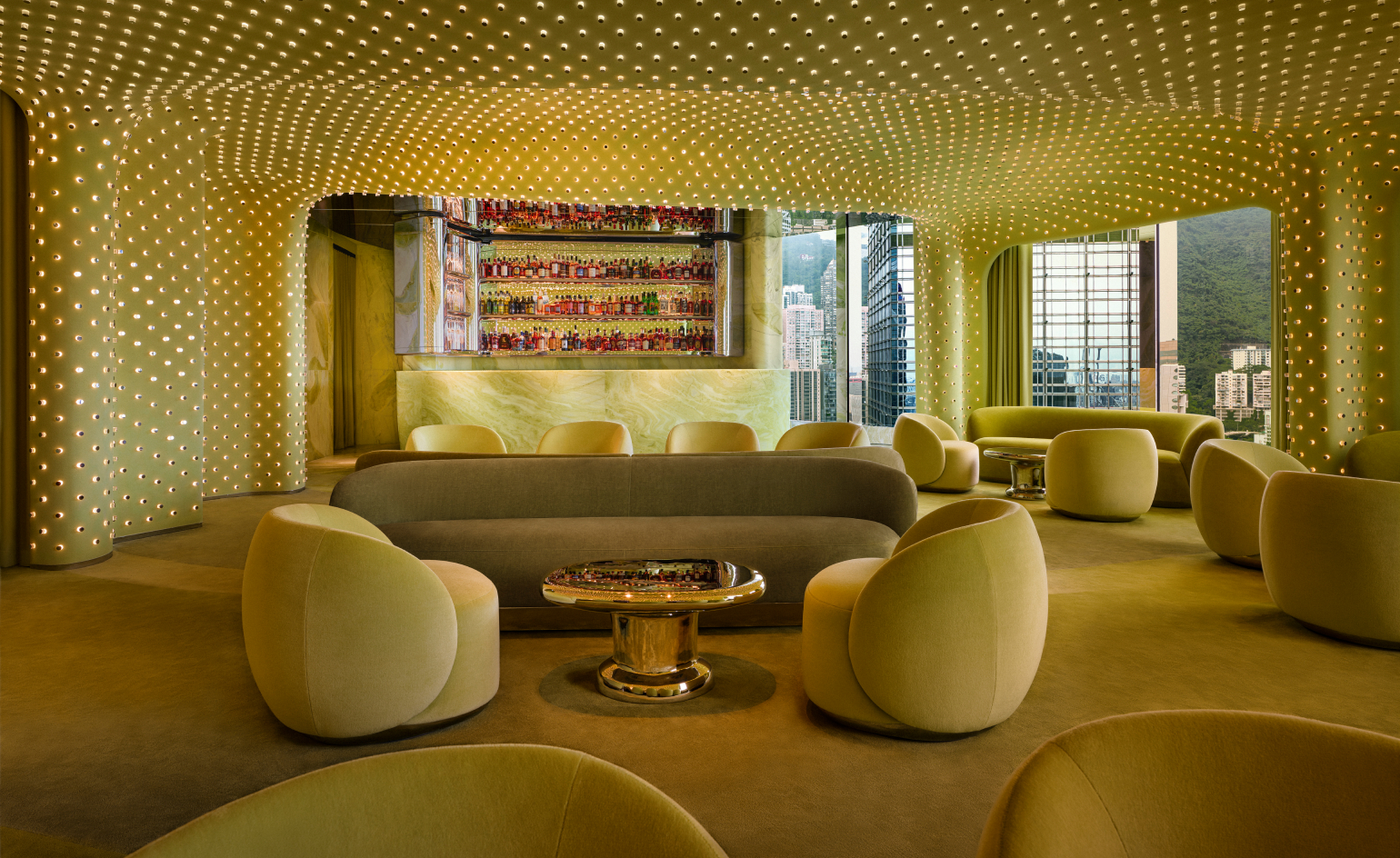 Tour Peridot, Hong Kong’s hypnotic new bar
Tour Peridot, Hong Kong’s hypnotic new barLocated on the 38th floor of The Henderson, Studio Paolo Ferrari’s latest project is a study in ‘light, refraction, and intimacy’
-
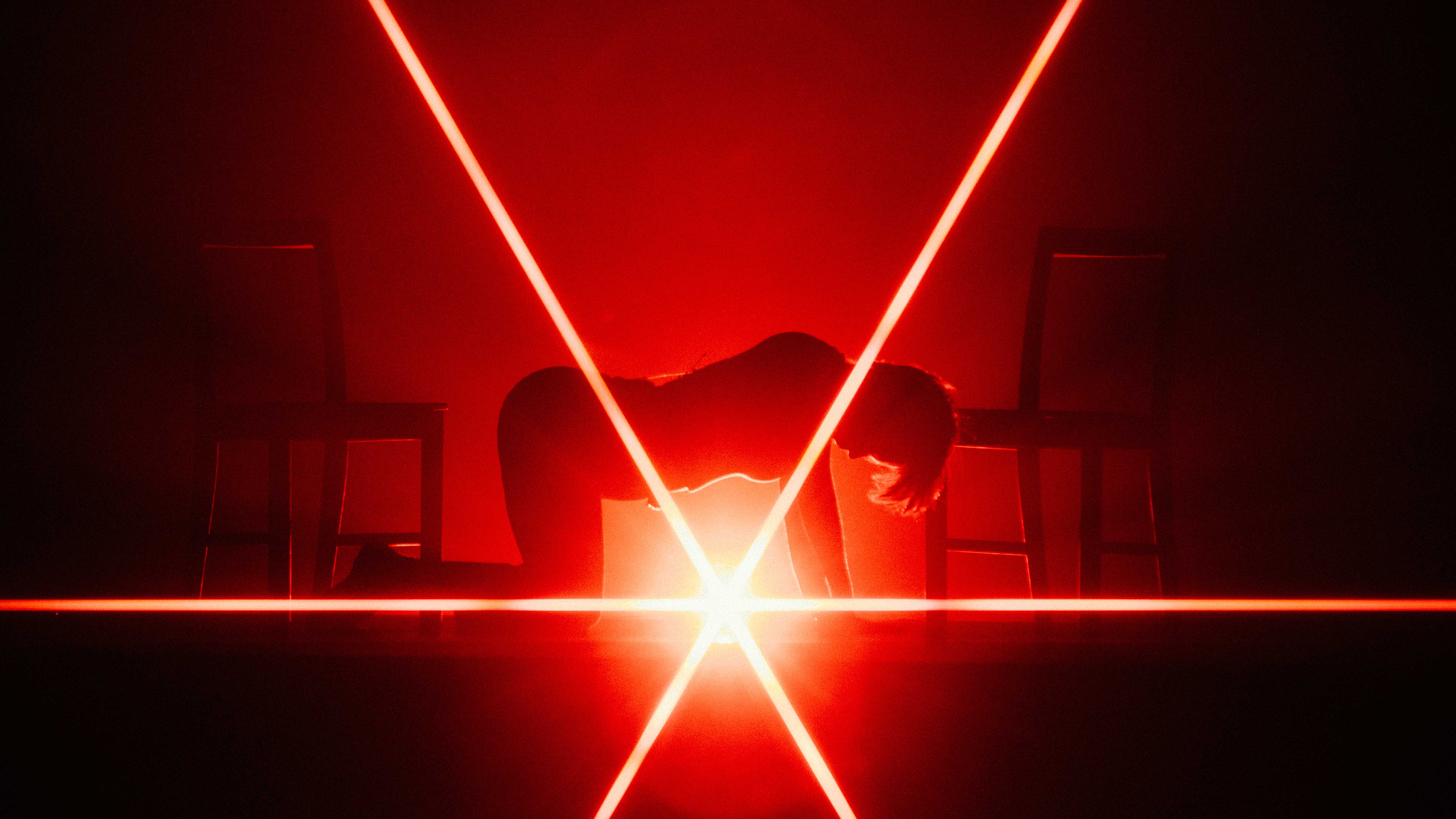 Lighting designer Andi Watson on creating Mitski’s sculptural stage for 'The Land'
Lighting designer Andi Watson on creating Mitski’s sculptural stage for 'The Land'In Mitski’s live show and new concert film, a single beam of light becomes her dance partner. Lighting designer Andi Watson discusses turning shadow, movement and restraint into the architecture of feeling
-
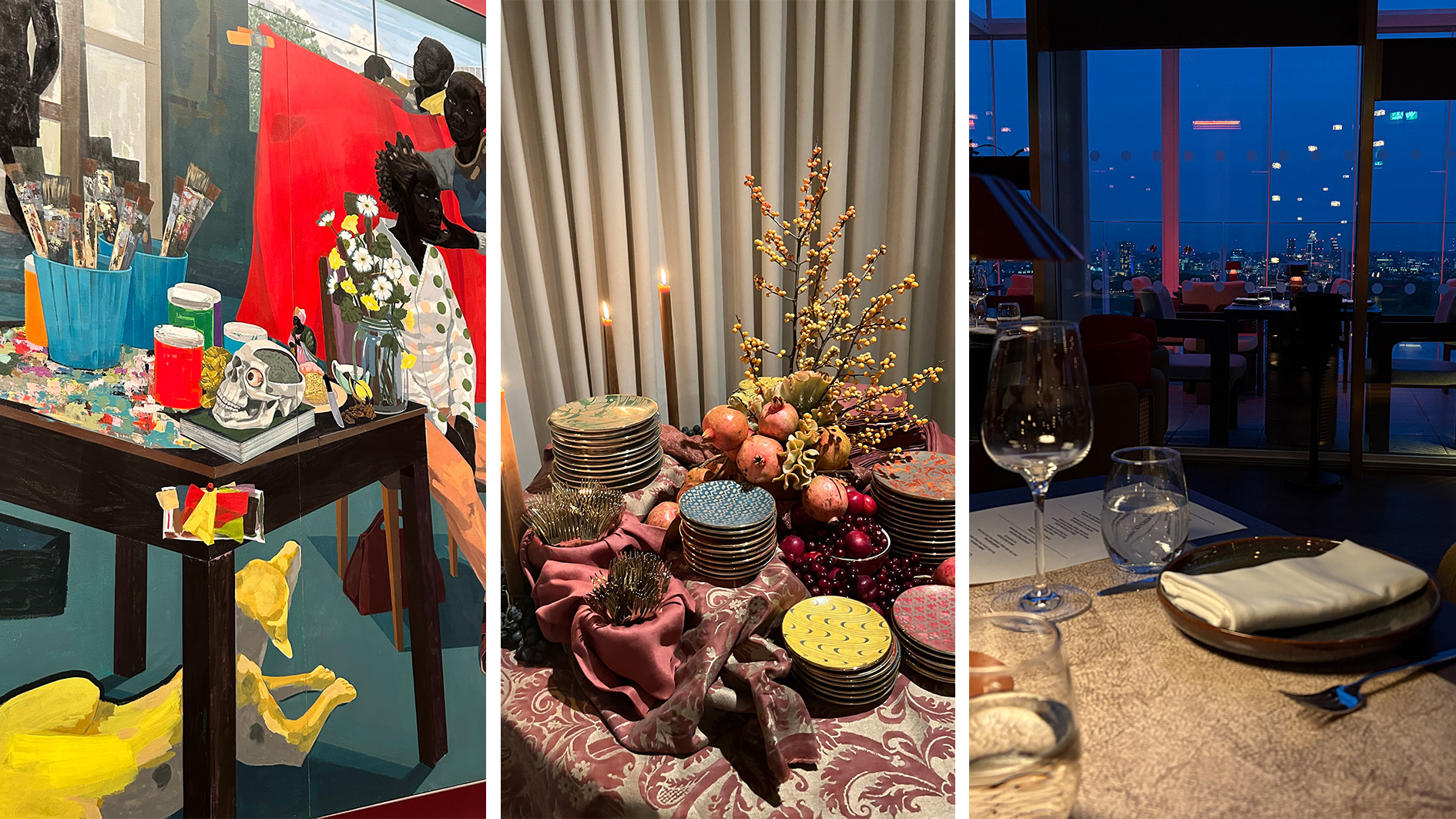 Out of office: The Wallpaper* editors’ picks of the week
Out of office: The Wallpaper* editors’ picks of the weekFrom sumo wrestling to Singaporean fare, medieval manuscripts to magnetic exhibitions, the Wallpaper* team have traversed the length and breadth of culture in the British capital this week
-
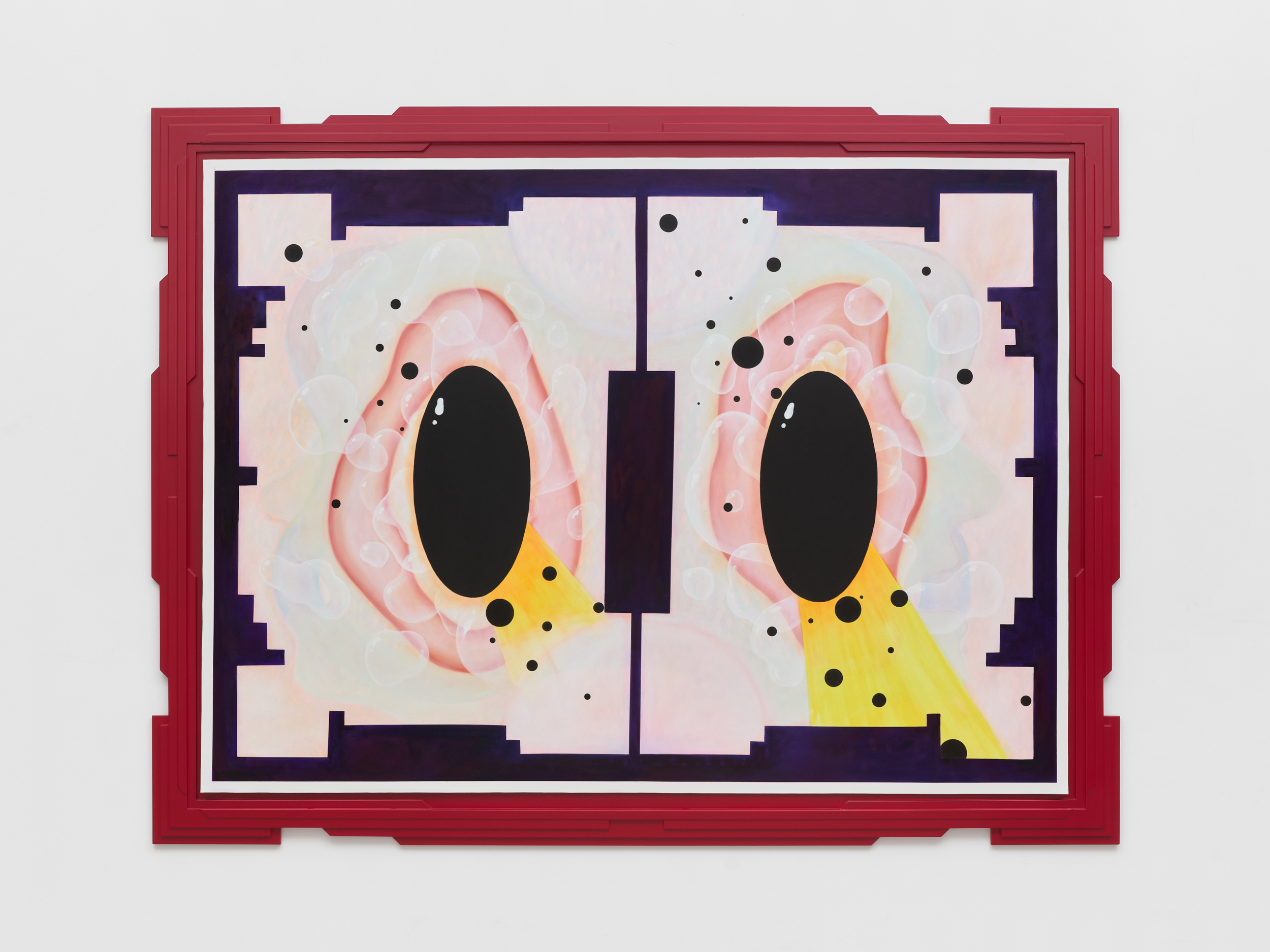 Viewers are cast as voyeurs in Tai Shani’s crimson-hued London exhibition
Viewers are cast as voyeurs in Tai Shani’s crimson-hued London exhibitionBritish artist Tai Shani creates mystical other worlds through sculpture, performance and film. Step inside at Gathering
-
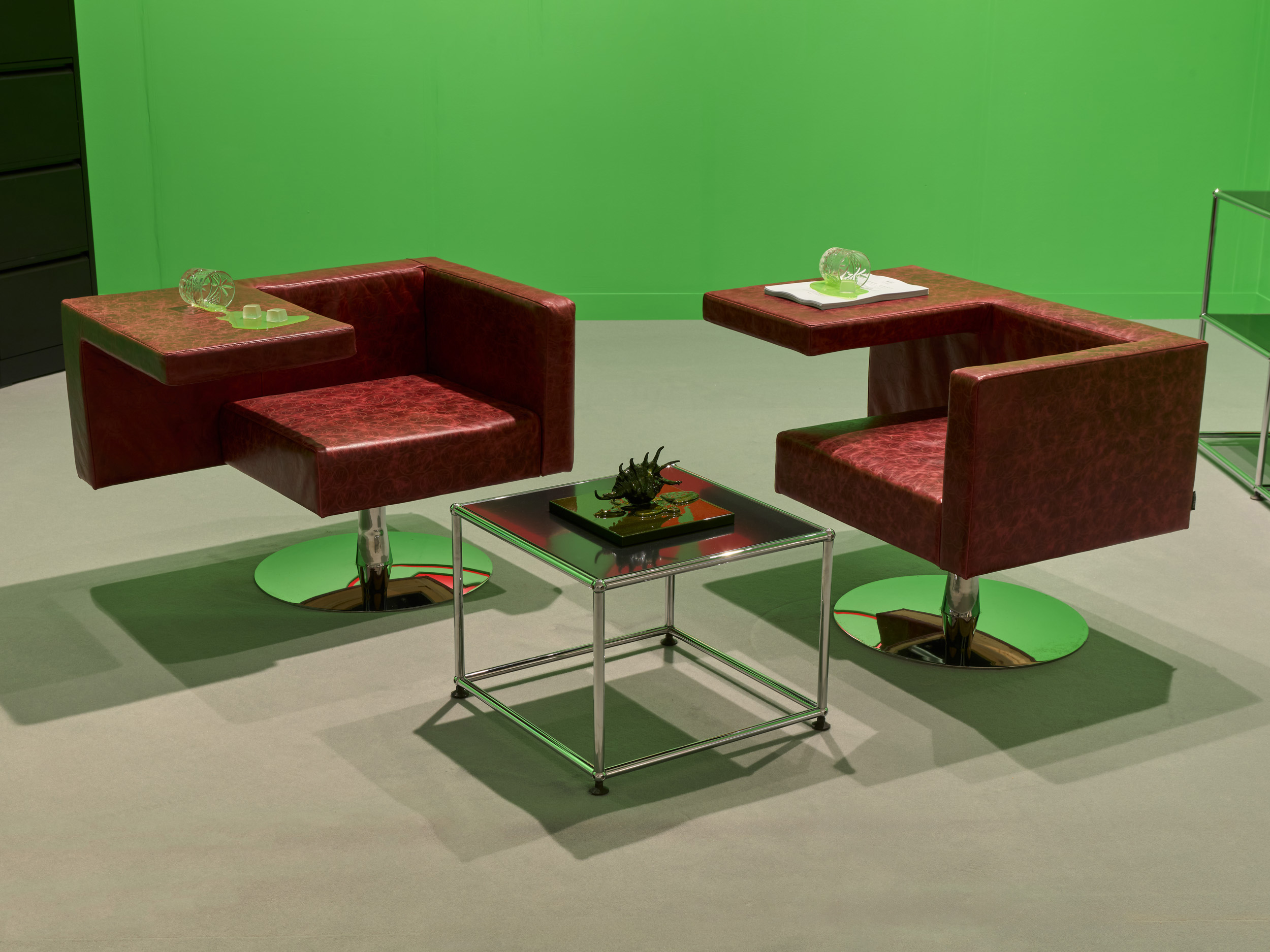 Who are the nine standout artists that shaped Frieze London 2025?
Who are the nine standout artists that shaped Frieze London 2025?Amid the hectic Frieze London schedule, many artists were showcasing extraordinary work this year. Here are our favourites
-
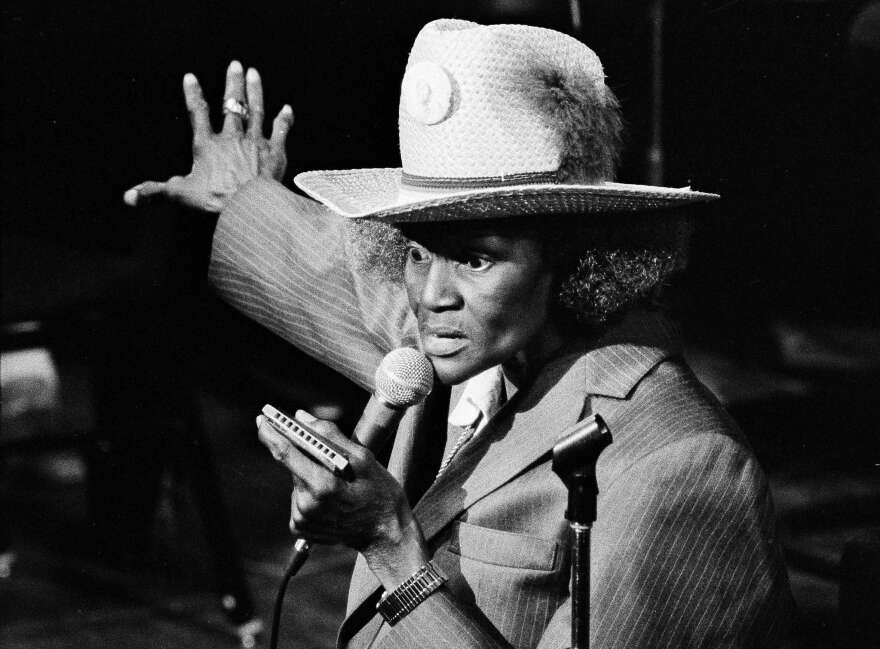 Doc’n Roll Festival returns with a new season of underground music films
Doc’n Roll Festival returns with a new season of underground music filmsNow in its twelfth year, the grassroots festival continues to platform subcultural stories and independent filmmakers outside the mainstream
-
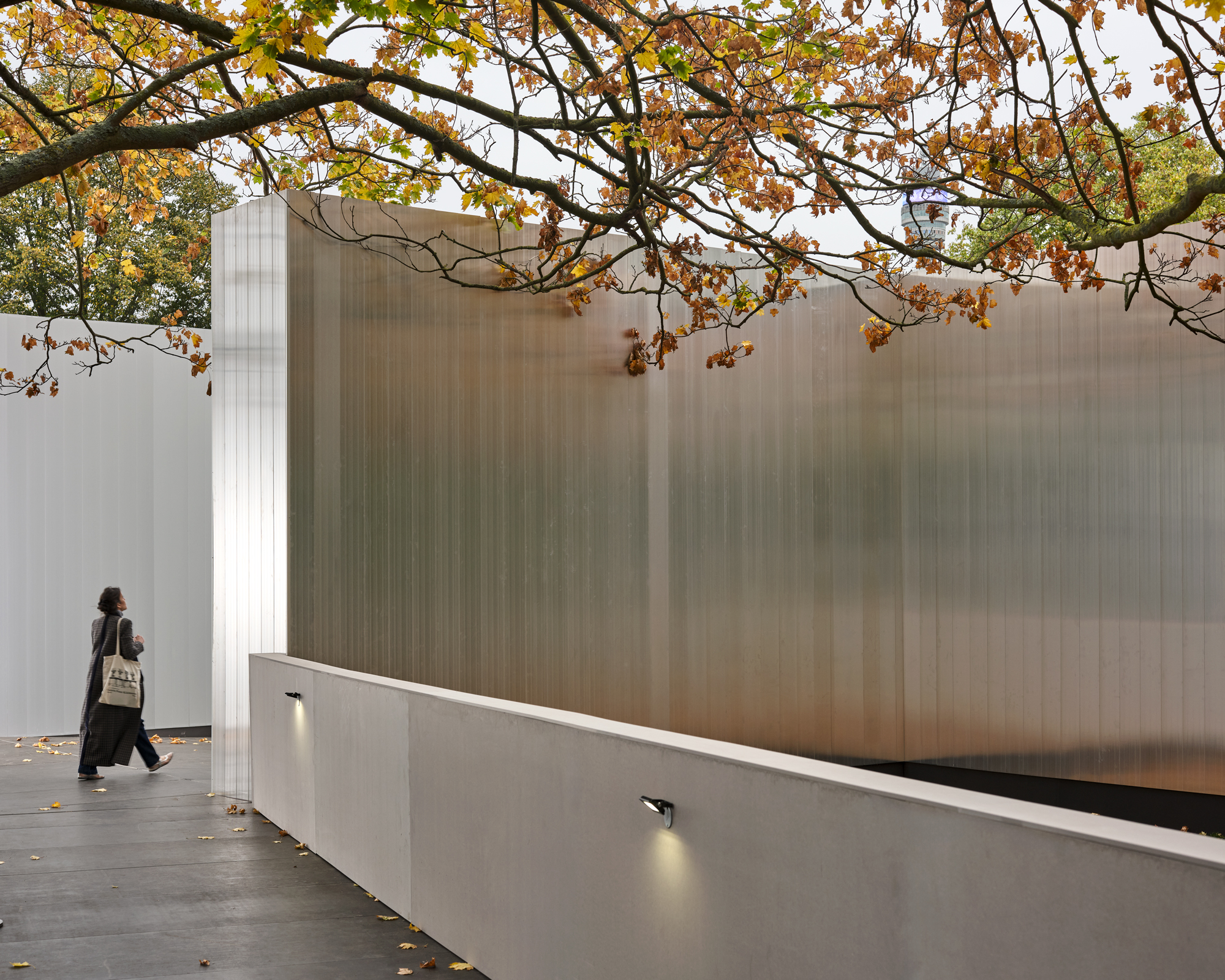 Out of office: The Wallpaper* editors' picks of the week
Out of office: The Wallpaper* editors' picks of the weekThe London office of Wallpaper* had a very important visitor this week. Elsewhere, the team traverse a week at Frieze
-
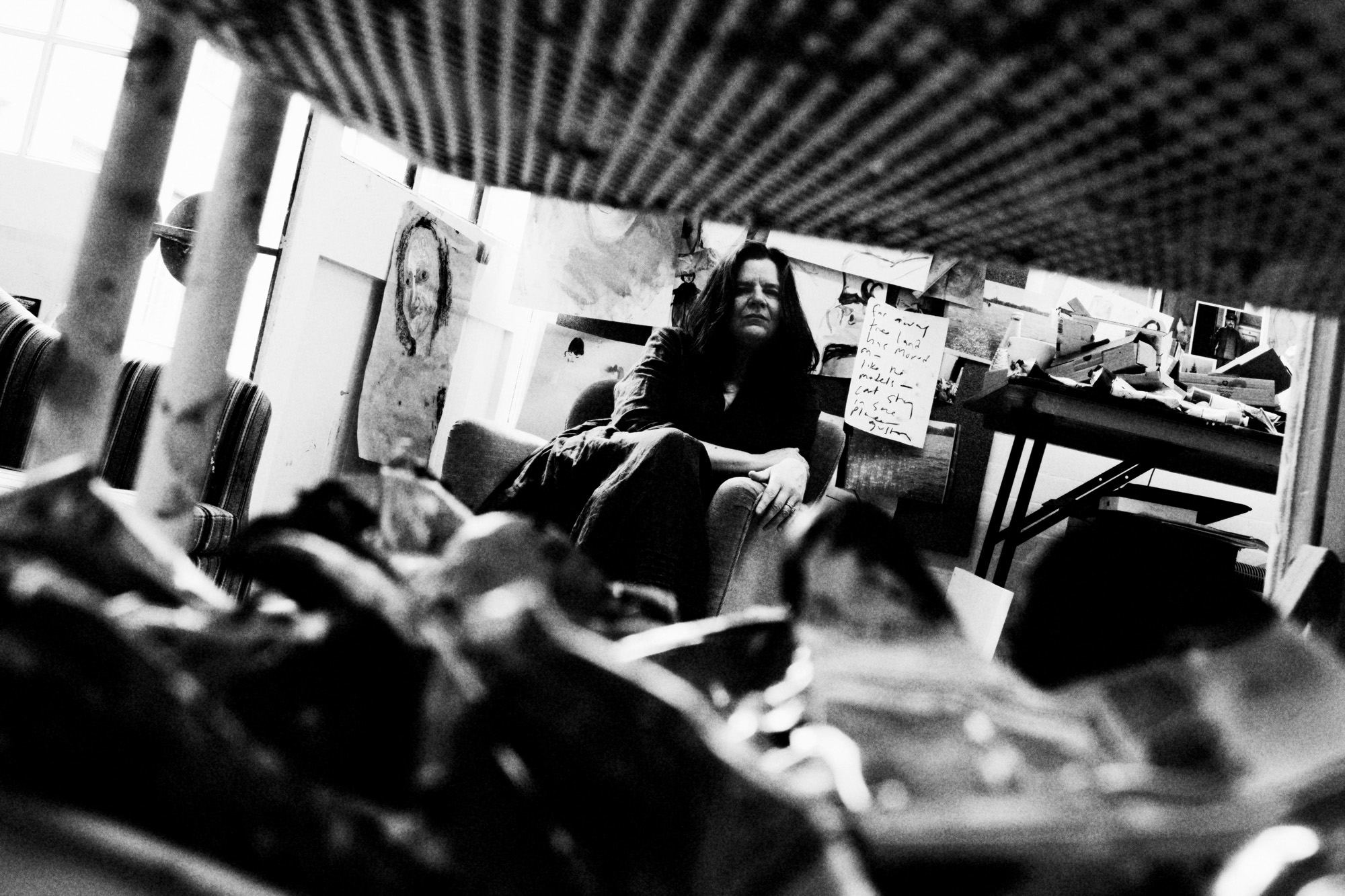 Chantal Joffe paints the truth of memory and motherhood in a new London show
Chantal Joffe paints the truth of memory and motherhood in a new London showA profound chronicler of the intimacies of the female experience, Chantal Joffe explores the elemental truth of family dynamics for a new exhibition at Victoria Miro
-
 Leo Costelloe turns the kitchen into a site of fantasy and unease
Leo Costelloe turns the kitchen into a site of fantasy and uneaseFor Frieze week, Costelloe transforms everyday domesticity into something intimate, surreal and faintly haunted at The Shop at Sadie Coles
-
 Can surrealism be erotic? Yes if women can reclaim their power, says a London exhibition
Can surrealism be erotic? Yes if women can reclaim their power, says a London exhibition‘Unveiled Desires: Fetish & The Erotic in Surrealism, 1924–Today’ at London’s Richard Saltoun gallery examines the role of desire in the avant-garde movement